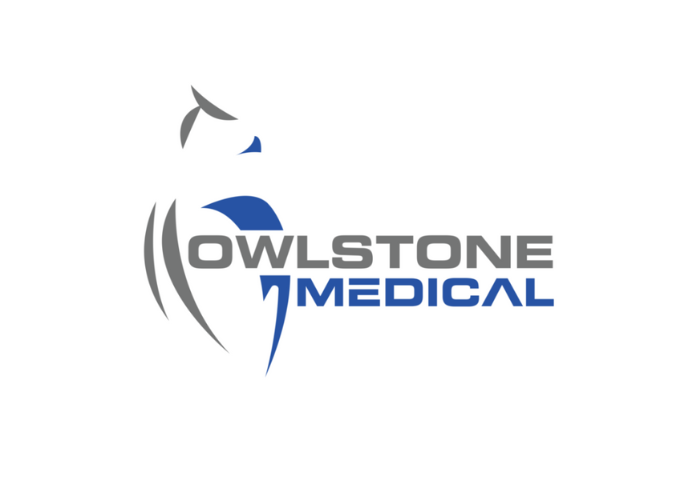- EVOLUTION Phase 2 trial follows successful Phase 1 demonstration of proof of concept for a lung cancer screening test and safety of probe
- Phase 2 study to focus on assessing diagnostic accuracy and optimizing test performance
The trial has been designed to support development of a breath test to address the unmet clinical need for more effective early detection of lung cancer through the screening of high-risk asymptomatic individuals.
In the EVOLUTION trial, diagnostic potential of D5-ethyl-ßD-glucuronide (D5-EthGlu) as an exogenous volatile organic compound (EVOC®) probe for detection of lung cancer is being evaluated. This probe is metabolized by ß-glucuronidase, an enzyme found in the tumor microenvironment around lung cancer cells, into D5-ethanol serving as a unique biomarker of lung cancer on exhaled breath. Potential also exists for the test to be used to differentiate benign from malignant lung nodules identified through incidental findings or low dose computed tomography (LDCT) screening.
The Phase 2 clinical trial will assess the diagnostic performance of the test and will enable its optimization through refinement of the testing protocol. Supporting this, the study has been designed to allow differentiation between individuals with lung cancer and relevant contrast groups (e.g. COPD) representative of the clinical populations in which the test is intended to be used. This phase of the trial will recruit up to 150 cases and 200 controls from 3 sites in Europe and 6 sites in the U.K. including Royal Papworth Hospital, Cambridge, and Norfolk and Norwich University Hospital where Professor Eleanor Mishras’ team recruited the first patient.
Previous work has demonstrated the ability to detect D5-ethanol on breath in human cancer xenografted mice and established the presence of extracellular ß-glucuronidase in tissue samples from early-stage human lung cancers. Phase 1 of the EVOLUTION1 study showed excellent safety and tolerability of the probe, provided guidance on optimal dose and sampling time, and demonstrated in-human proof of mechanism for the release of D5-ethanol on breath following probe administration in the presence of lung cancers as early as stage 12.
Professor Robert Rintoul, Professor of Thoracic Oncology, University of Cambridge and Honorary Consultant Respiratory Physician, Royal Papworth Hospital, commented: “The best way to increase the current poor survival probabilities for patients with lung cancer is to detect the disease early when it can be treated with curative intent by surgery or radiotherapy. Low dose CT (LDCT) for lung cancer screening has been shown to detect more cancers at an early stage, increase survival rates and be cost-effective. An effective breath test for lung cancer could further increase the efficacy, reach and accessibility of lung cancer screening.”
Billy Boyle, co-founder and CEO at Owlstone Medical, said: “Results from Phase 1 of the EVOLUTION trial demonstrated the relevance of the molecular pathway targeted by D5-EthGlu and provided crucial evidence to support further test development. With the recruitment of the first patient into Phase 2, we are excited to continue to progress a test that has the potential to transform lung cancer diagnosis by substantially increasing the uptake of testing, leading to more cases of lung cancer being caught early and significantly reducing mortality and costs. Our nodule management test also holds the potential for more effective identification of benign nodules, reducing unnecessary biopsies and surgery.”
Lung cancer is one of the most common forms of cancer in the world with 2.2 million new cases in 2020 and is a leading cause of death (1.8 million globally in 20203), with 5-year survival at 25% in the United States4 and just 15% in the U.K.5. Early diagnosis can greatly improve the clinical outlook as patients diagnosed at an early stage have a 5-year survival rate of 56%, compared to just 5% for late stage6. While there are guidelines in place for the use of LDCT in the United States, and a similar program is being launched in the U.K.7, uptake is less than 6%8 due to inconvenience, radiation dose, test performance, and in some cases cost. For this reason, there is an acute need for reliable and non-invasive screening solutions, and breath has emerged as a highly promising potential solution.
References:
- https://classic.clinicaltrials.gov/ct2/show/NCT05510674?term=evolution+lung+cancer+evoc&draw=2&rank=1
- https://www.owlstonemedical.com/about/news/2023/jun/14/owlstone-medical-presents-data-demonstrating-progr/
- https://www.who.int/news-room/fact-sheets/detail/cancer
- https://www.lung.org/research/state-of-lung-cancer/key-findings
- https://www.cancerresearchuk.org/about-cancer/lung-cancer/survival
- http://www.lung.org/lung-health-and-diseases/lung-disease-lookup/lung-cancer/resource-library/lung-cancer-fact-sheet.html
- https://www.gov.uk/government/news/new-lung-cancer-screening-roll-out-to-detect-cancer-sooner
- https://www.lung.org/media/press-releases/state-of-lung-cancer-2022



